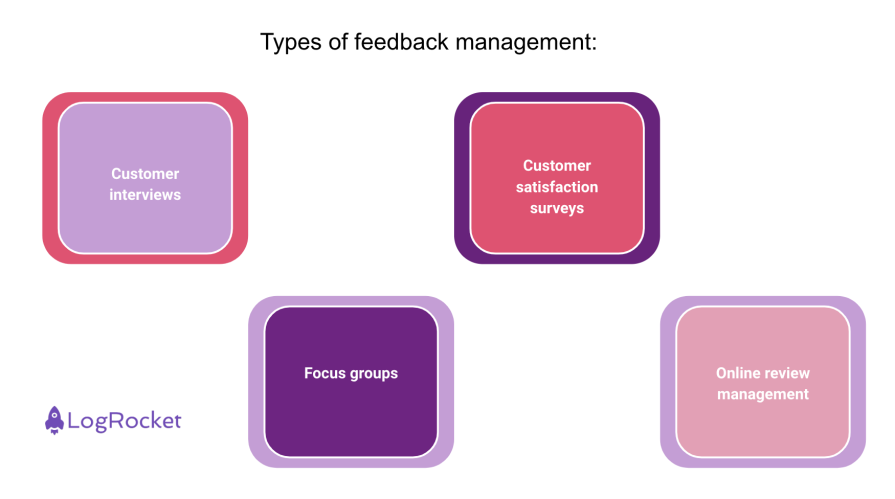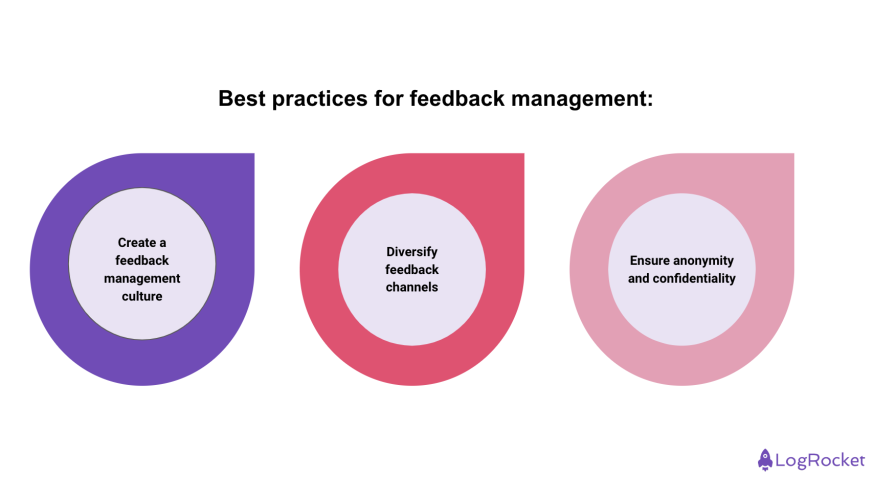When I was working at Zalando, one of Europe’s biggest fashion eCommerce companies, we built a tool to speed up the workflow of users at Zalando Fashion Studio. This was specifically aimed at retouchers, a group of users whose main job was to retouch the images that eventually would go live on Zalando’s website. There were approximately 100 retouchers working on around 200 images everyday.

We built a system that would retouch these images automatically and then the retouchers would go in and do a final edit. Because the system handled the majority of the editing, the time spent by the retouchers to make their final pass went down drastically.
I was the product manager and I had a detailed chat with the lead of the retouching team about how we’d roll this out. But before that, I had to do a test with the retouchers. We scheduled a session where 20 retouchers used our new tool but the problem was that the tool came out buggy.
The automation hardly worked; the images were coming out as JPG, when they should have come out as PNG; it was chaos. I was at the workstation of those 20 retouchers and everyone was calling to show me what was wrong.
I made a huge mistake here — I had no plan to capture their feedback, no plan to organize it, and no plan to understand their problems. Soon I became anxious. Since I was alone with my engineering counterpart, I quickly made a rough feedback-capturing sheet and sent it via email to all 20 retouchers.
It wasn’t perfect, but it ended up being enough. This was my first lesson about the importance of having feedback management in place, how to create one, and how it can help to build customer-friendly products.
Keep reading to learn more about how you can apply what I learned to your own context. This article covers a general definition of feedback management, as well as its benefits, strategies, and best practices.
Feedback management refers to a structured process for gathering and analyzing feedback to improve products, services, or processes. It helps you categorize your inputs and come up with meaningful analysis to build products your users would pay for.
When it comes to feedback management, you can take a few different directions. The methods below represent some of the most common practices used for collecting feedback from your users:

With customer interviews, you talk to your customers either on a video call or through one-on-one sessions. You ask them questions about a product, market, or anything else you want data on and then record what they say. Later on, you analyze the answers from the customers and group individuals into segments based on patterns you discover.
In this type of feedback, you send pre-defined questionnaires and surveys to customers and they can answer them at their leisure. Think about the email you receive from Amazon after receiving a product delivery. In it, Amazon asks you to rate your experience and then it uses the results to improve the product and service.
To create a focus group, you carefully select a group of people to interview around a particular topic. Usually you use these to understand how people behave and think about a certain product. This helps you get at what, why, and how of the product.
You can think of online reviews as an extension of customer satisfaction surveys. An example would be a hostel chain in Europe reviewing the feedback on sites like booking.com and tripadvisor.com. On these forums, customers share their concerns and problems and give the hostel chain a chance to improve their service.
Managing your feedback allows you to better understand your audience and continuously improve your products. These are the biggest benefits you can expect:
It’s no secret that companies want to build products that customers use and eventually pay for. This requires a detailed understanding of how customers think, their perceptions, and their problems. Feedback management helps here by letting you understand the psychology of your customers. It can also help product teams build personalized experiences that help build trust with customers.
Software development requires continuous iteration. Take feedback from your users and incorporate it into your product to keep them satisfied. It also helps your organization stay competitive and responsive to change.
Speaking about competition, feedback management helps to differentiate you from your competition by helping you understand your user’s needs and enabling you to build products/offerings/services that directly benefit them. Historically, companies that adapt to change have the best track record of remaining relevant within the market.
Besides customers, feedback management also helps you with your employees. Back at Zalando, we had an internal feedback management tool that helped everyone to provide feedback to their peers. We used this for our annual promotion.
But more than that, it helped the employees to understand their strengths and weaknesses and what their counterparts thought about them. It was one of the most powerful tools I used for feedback management.
Managing feedback requires a structured approach to avoid ending up in a situation like I had at Zalando. Try to implement the following:
This goes without saying, but understand what you want to achieve with feedback management. This means understanding why you want to seek feedback. It could range from improving customer satisfaction, understanding customer feedback, taking feedback for a newly launched feature, refining a product, or improving the internal employee experience. Regardless, pick one and run with it.
Are these new users or power users? Are these from a specific geography? Do these users have something in common? Are they well-versed with the product? These are some of the questions you need to answer to understand your users. Once you do that, you can classify them into groups for prioritization.
Back in 2020, we did a user interview at Zalando to understand if buying decisions changed because of the pandemic. It was still at the height of the pandemic so we needed to run online sessions. Think about what feedback channel makes sense for you according to the circumstances you find yourself within and your customer profile.
Collecting feedback can end up being a waste of time unless you have a way to organize it. The next section covers tools for feedback management. Make sure you pick one that makes sense for your context and let it do some of the hard work for you.
When it comes to feedback management, you’re not alone. There are tons of products out there that can integrate into your workflow and make it easier to sort through the noise. The table below covers some of most common ones:
| Survey tools | Customer feedback tools | Employee feedback tools | Feedback organization |
|
|
|
|
Now that you have a sense of feedback management, here are some best practices for implementing a feedback management practice within your product team:

It all starts with a strong culture. As the PM, you need to create an environment where feedback is welcome. I recommend you to do this within your team first. Motivate your team to provide constructive feedback and always lead by example.
Sometimes you might come across disabled users. How do you incorporate their feedback? How about users who can’t provide feedback in your native language? Understand the user requirements and try out as many feedback channels as possible. Make accessibility one of your primary goals in order to cater a wide variety of users.
In my past experience, users are comfortable sharing their honest opinions when they don’t need to provide personal details. And honest feedback is what matters. Ensure you have a system that provides confidentiality and anonymity especially in sensitive areas. Provide data privacy via content that the users can read upfront before signing up for a feedback session.
Close the feedback loop
Last but not the least, close the feedback loop. Gather all the requirements and organize them so that everyone can access the feedback. Keep the feedback document updated in case new findings emerge and make sure to communicate with the product team to tweak the product.
Feedback management helps you remain connected with your customers. With the surge of AI and ML tools, feedback has become easier to understand and act upon. Leverage tools to create a feedback management culture within your organization.
Without feedback management, you might create irrelevant products that users ignore. Don’t make the same mistake that I made in the beginning of this article. Good luck and comment with any questions!
Featured image source: IconScout

LogRocket identifies friction points in the user experience so you can make informed decisions about product and design changes that must happen to hit your goals.
With LogRocket, you can understand the scope of the issues affecting your product and prioritize the changes that need to be made. LogRocket simplifies workflows by allowing Engineering, Product, UX, and Design teams to work from the same data as you, eliminating any confusion about what needs to be done.
Get your teams on the same page — try LogRocket today.

Most teams fail at autonomy. Learn how clear rules help product teams move faster without micromanagement.

A practical framework for PMs to use AI in ideation without sacrificing judgment, strategy, or decision quality.

A practical five minute revenue estimation method to help product managers compare ideas, drop low impact features, and prioritize smarter.

A practical guide for PMs who want to stop being bottlenecks, delegate smarter, and lead teams effectively with a clear ownership framework.